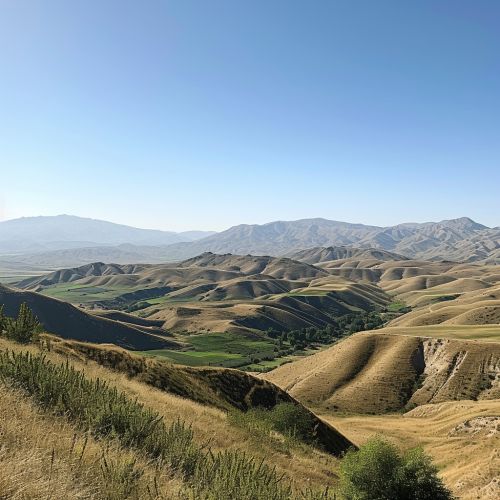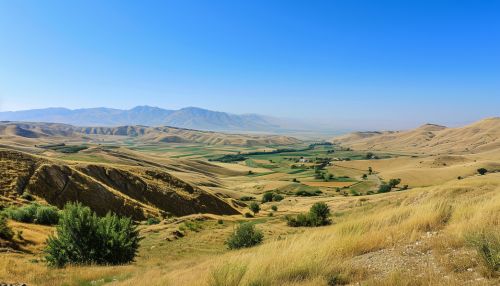Khorasan
Historical Overview
The region known as Khorasan has a rich and complex history that spans thousands of years. It was once a part of the Persian Empire, and later became a province under the rule of the Islamic Caliphate. The name Khorasan, which means "where the sun arrives from" in Persian, is indicative of its eastern location relative to Persia.
In the early Islamic period, Khorasan was a key region for the expansion of the Islamic Empire. It was from here that the Abbasid Revolution began, leading to the overthrow of the Umayyad Caliphate and the establishment of the Abbasid Caliphate. The region was also a center of cultural and intellectual activity, with many scholars, poets, and scientists contributing to the Islamic Golden Age.
During the Mongol invasions of the 13th century, Khorasan was heavily affected, with many cities and towns destroyed. However, it later recovered under the rule of the Timurid Empire, which promoted the arts and sciences.
In the modern era, the region of Khorasan has been divided among several countries, including Iran, Afghanistan, and Turkmenistan. Despite these political changes, the cultural and historical significance of Khorasan remains.


Geography
Khorasan is located in the northeastern part of Iran, extending into parts of Afghanistan and Turkmenistan. The region is characterized by its diverse landscapes, which include mountain ranges, fertile plains, and desert areas. The Alborz and Hindu Kush mountain ranges are among the notable geographical features in Khorasan.
The climate in Khorasan varies greatly depending on the specific area. The mountainous regions have a cold, harsh climate, while the plains and desert areas have a hot, dry climate. The region is also prone to earthquakes due to its location on several major fault lines.
Culture
The culture of Khorasan is a blend of various influences, reflecting its diverse ethnic and religious composition. The region has been a melting pot of Persian, Turkic, and Arabic cultures, among others. This cultural diversity is evident in the region's music, literature, and art.
Khorasan is known for its rich literary tradition, with many famous poets and writers hailing from the region. The most notable of these is Rumi, a 13th-century Persian poet and Sufi mystic whose works have had a profound influence on Islamic and Persian literature.
The music of Khorasan is also distinctive, characterized by its use of traditional instruments and its incorporation of various musical styles. The region is particularly known for its folk music, which often tells stories of love, loss, and heroism.
Economy
The economy of Khorasan is diverse, with agriculture, industry, and services all playing significant roles. The region is known for its production of saffron, a valuable spice that is used in cooking and traditional medicine. Other important agricultural products include wheat, barley, and various fruits and vegetables.
Khorasan also has a significant industrial sector, with industries such as steel production, petrochemicals, and textiles playing important roles. The region is also rich in natural resources, including oil, gas, and minerals.
The service sector in Khorasan is growing, with tourism playing an increasingly important role. The region's rich history and cultural heritage make it a popular destination for tourists.
